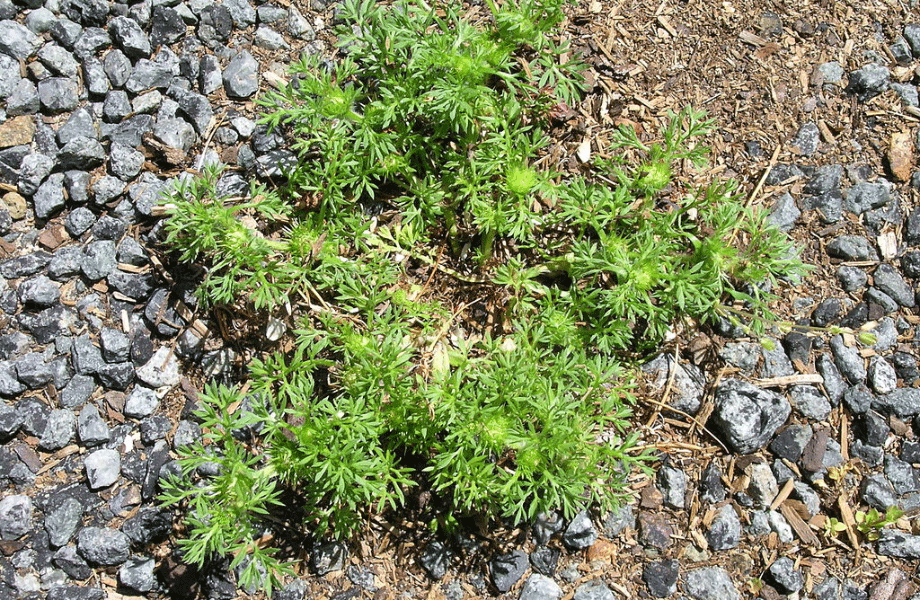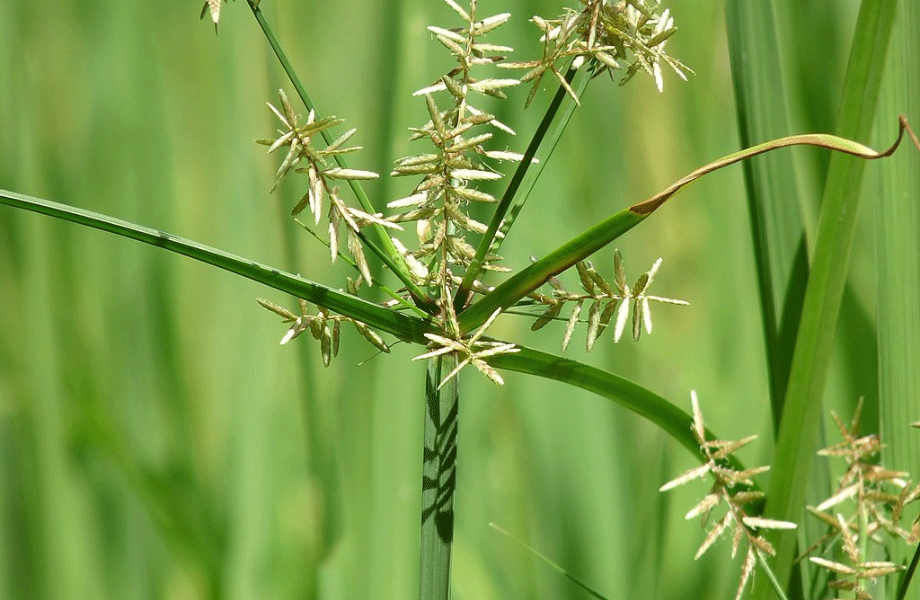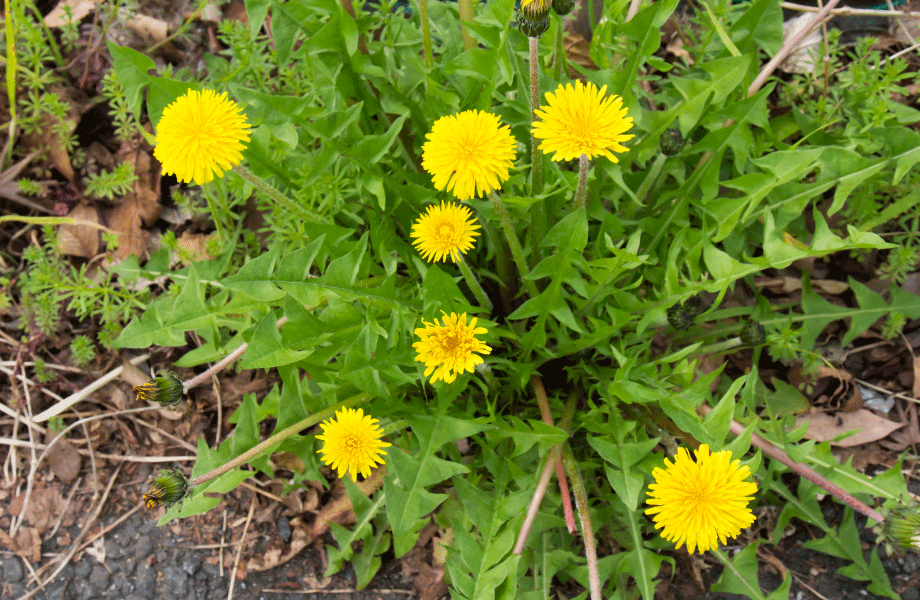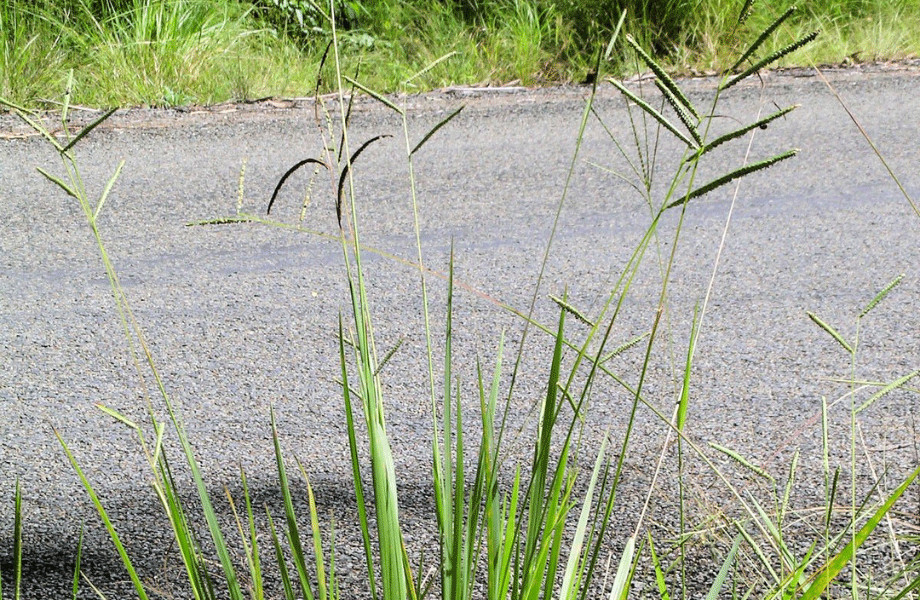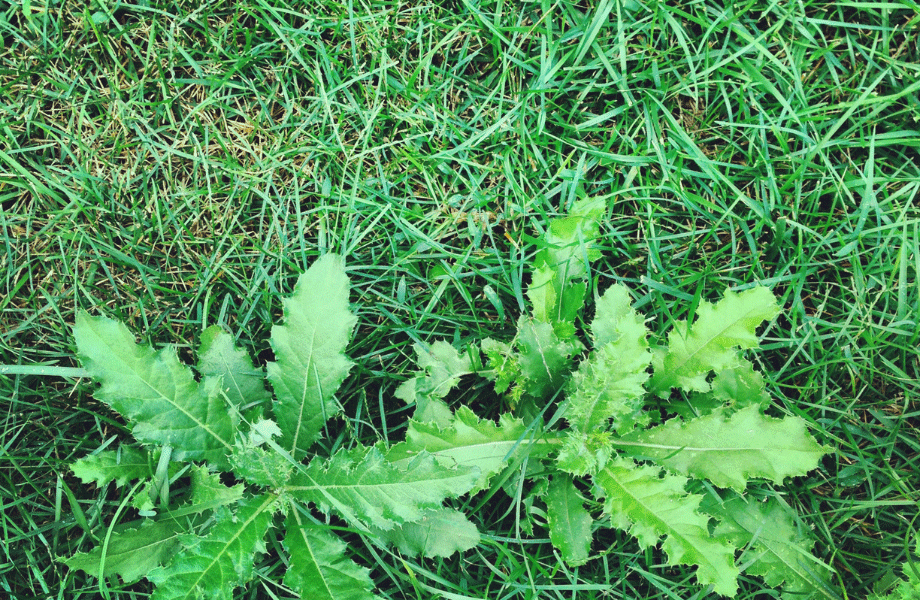Common lawn weeds are the bane of every beautiful lawn. Here’s what to look for, and what to do about them!
Summer – it’s all about kicking back with your mates, having a beer in the garden and maybe diving into a family game of cricket. But it’s hard to do any of those things when you’re hopping maniacally across your lawn avoiding bindiis.
While most homeowners dream of lush green lawns that feel soft underfoot and look like seamless fields of green dreams, the reality is often pretty far from that. We’re talking patches of spiky bindii, clusters of dandelions, sprigs of paspalum and maybe a couple of dead patches where your dog has done their business.
Common lawn weeds are the bane of just about every lawn-proud homemaker’s existence. But we’re here to put an end to that. In addition to your usual lawn care schedule of mowing, watering and fertilising, we have a couple of clever ways to eradicate these pests.
Keep reading to learn more about how you can identify the most common lawn weeds. And what you can do about them.
5 most common lawn weeds
Bindii / jo-jo weed / spurweed / lawn burweed
Ah yes, we all know this guy. He may have many different names, but he sticks out like a sore thumb in your lawn.
You’ll likely know him by look – leaves similar to carrot that grow in rosette form. And you’ll definitely know him by feel! This low growing, spreading, annual weed produces flowers in autumn and winter, which mature into seeds in the spring and summer. It is these seeds that make the spiky prickle, thanks to a long spine on one end. These seeds are transported by our feet, shoes, pets and clothing, which helps the bindii to spread further.
Some of the smaller weeds can be pulled out by hand – just be sure to wear gloves to protect your hands, and pull the entire weed out from the root. Otherwise the best time to eradicate bindii is during autumn/winter.
Nut grass / nutsedge
Nut grass is so notorious we’ve given it its very own blog article. This guy has even been called ‘the worst weed in the world’ (what a category to win). It’s highly invasive and very obvious to the eye with its flowering stems growing to around 20– 50cm tall.
You’ll usually see these flowering in summer and autumn. The stems are a lighter green than your typical lawn grass and the flower spikelets on top are a reddish-brown or purplish brown. This exotic perennial reproduces through its underground stems and tubers. It’s so tricky that you might spend a couple of years thinking you’ve killed it off, before the dormant tubers in the soil spark up again.
If you get to it before it has produced seed heads and rhizomes, you can pull it out by hand.
Dandelion
Dandelion is perhaps one of the most easily identifiable of the common lawn weeds. No doubt you’ve seen these yellow daisy-like flowers sitting atop tall stems in your local park or on a nature strip. The yellow flowers mature into white, fluffy spheres that are full of tiny seeds. And that means they’re very easily spread, transported in the wind (or from the breaths of eager toddlers).
Dandelions take advantage of bare patches of grass and are difficult to remove by hand because of their long roots.
Paspalum
This weed certainly stands out from the crowd. If left to mature, paspalum can grow up to a whopping 1.5 metres tall. Its tall stems grow numerous strands of seed heads in summer, with the sticky seeds easily attaching to shoes, feet and animals. Paspalum is a tufted perennial grass weed and has hairless leaf blades that are slightly folded at the base. It’s very hardy and has an extensive root system, which makes it difficult to remove by hand.
Creeping oxalis
Arguably one of the prettier of the common lawn weeds, oxalis has a clover-like appearance with small heart-shaped leaves and petite yellow flowers. But don’t let its cute look fool you. This is an invasive weed that is very difficult to get rid of. It produces roots from its leaves as it grows, and will creep under and through your lawn.
Smaller oxalis plants can be pulled out by hand. But be warned that if any crowns break off, they will leave roots for regrowth.
How to get rid of common lawn weeds
As they say, prevention is better than cure. So it’s wise to maintain your lawn and keep it in the best condition possible to prevent weeds from growing in the first place. Regular mowing can also help stop weeds from setting seed. But unfortunately, weeds can also be an inevitable part of lawn-life.
Hand removal is generally your best option. But as noted for many varieties above, you’ll have to get in quick to pull the entire weed out of the soil before it grows too large, spreads or develops an extensive root system.
If it’s too late to pull out by hand, you may need a little more help. Here at Rock ‘n’ Soil, we recommend using the broad leaf herbicide, such as Lawn Solutions Australia All Purpose Weed Control, to control bindii, creeping oxalis, dandelion and more.
We hope this has helped you to be able to identify some of the most common lawn weeds in your garden. Make sure you regularly check our how to and product info pages for more informative posts to keep your lawn in tip-top condition. And if those weeds are still getting the better of you and your yard, please get in touch so we can provide additional expert advice to suit your individual needs.










